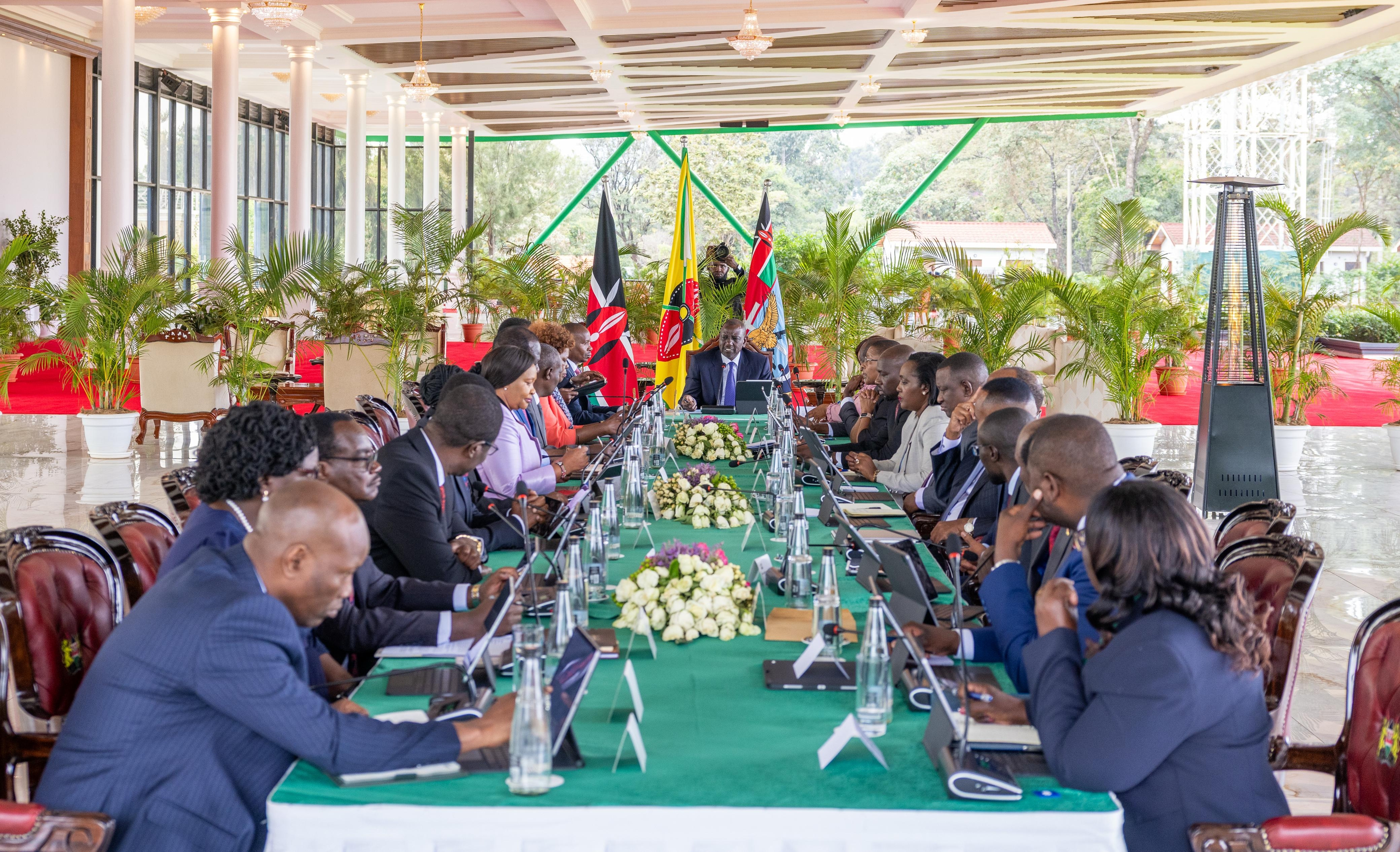Nobel laureate Wangari Maathai once said, "The little grassroots people can change the world." This quote resonates deeply when we consider the issue of cattle rustling in Kenya.
Cattle rustling, a practice involving livestock theft that often escalates into violent clashes, is a pervasive problem. It disrupts local economies, exacerbates tensions and fuels historical, cultural, or resource-based disputes.
The EPRA International Journal of Multidisciplinary Research reported that 27 counties, including West Pokot, Baringo, Laikipia, Turkana and Samburu, are grappling with this issue. Despite numerous peace building initiatives, progress remains slow and the desired outcomes are yet to be achieved.
In a typical baraza or community gathering, problems affecting the community are discussed, and the attendees propose solutions. Once an agreement is reached, specific teams are assigned responsibilities to implement these solutions.
Barazas are convened at least four times a month in every locality across the country and they serve as platforms to communicate government policies and address communal issues. The process begins with administrators determining the time, location and agenda. Once these details are set, the public is notified about the upcoming baraza.
During the gathering, discussions take place and participants are informed about the next meeting's time and location. Minutes are taken to document the discussions and decisions.
The effectiveness of a baraza relies heavily on attendees' participation and input regarding the outlined agenda, inspiring and motivating them to take action for the betterment of their community, thereby empowering them and making them feel integral to the peace building process.
The government has adopted proactive and reactive strategies to address the menace of cattle rustling. Given that this is a perennial issue, it raises the question of whether we already possess the proper infrastructure for peace to tackle cattle rustling.
Infrastructures for Peace refer to a dynamic network of interdependent structures, mechanisms, resources, values, and skills contributing to conflict prevention and peace building within a society through dialogue and consultation. The answer to the above question is yes, we already have the necessary infrastructures like barazas.
Barazas, as part of the peace building infrastructure, could be a game-changer in our efforts to address cattle rustling in Kenya's arid regions. By fostering dialogue, consultation and community ownership, barazas have the potential to transform communal conflicts into opportunities for sustainable peace.
This local approach not only aligns with the cultural practices of the communities but also empowers them to take active roles in maintaining peace and resolving conflicts.
For sustainable peace building efforts, it is crucial for local communities to fully embrace and take ownership of the peace building processes. This aligns perfectly with Sustainable Development Goal 16, which promotes peaceful and inclusive societies.
Therefore, to ensure continuous and effective conflict resolution, peace building should be a permanent agenda in barazas. This approach fosters community engagement and supports the achievement of SDG 16 by promoting inclusive decision-making and community-driven solutions to cattle rustling.
Assistant county commissioner, Elgeyo-Marakwet county and Rotary Peace Fellow, [email protected]











![[PHOTOS] Ruto present as NIS boss Noordin Haji's son weds](/_next/image?url=https%3A%2F%2Fcdn.radioafrica.digital%2Fimage%2F2025%2F11%2Ff8833a6a-7b6b-4e15-b378-8624f16917f0.jpg&w=3840&q=100)

